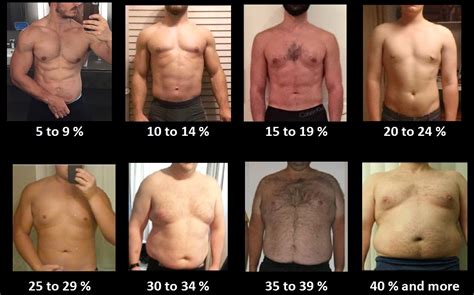How to Calculate Body Fat Percentage: A Comprehensive Guide
Knowing your body fat percentage is crucial for understanding your overall health and fitness. It's a far better indicator of fitness than simply looking at the scale. This comprehensive guide will explore various methods for calculating body fat percentage, their accuracy, and how to interpret your results.
Why is Knowing Your Body Fat Percentage Important?
Understanding your body fat percentage provides valuable insights into several aspects of your health:
- Health Risks: High body fat percentage is linked to increased risks of heart disease, type 2 diabetes, and certain cancers.
- Fitness Goals: Tracking body fat percentage helps monitor progress towards weight loss or muscle gain goals more effectively than weight alone. Weight can fluctuate due to water retention, but body fat changes more slowly, offering a better long-term picture.
- Personalized Training: Your body fat percentage can inform your training regimen. For example, individuals with higher body fat might benefit from focusing on cardiovascular exercise and dietary adjustments, while those with lower body fat might prioritize strength training and muscle building.
Methods for Calculating Body Fat Percentage
Several methods exist for estimating body fat percentage, each with varying degrees of accuracy and accessibility:
1. Bioelectrical Impedance Analysis (BIA)
This is the most common method available to consumers. BIA scales and handheld devices measure the resistance of electrical currents passing through your body. Since muscle and fat conduct electricity differently, the device estimates your body fat percentage.
Pros: Relatively inexpensive, easy to use at home. Cons: Accuracy can be affected by hydration levels, body temperature, and recent food or alcohol consumption. It's not as precise as other methods.
2. Skinfold Calipers
This method involves using calipers to measure the thickness of subcutaneous fat (fat just under the skin) at various body sites. A trained professional uses a specific formula based on these measurements to estimate body fat percentage.
Pros: Relatively inexpensive, portable, and reasonably accurate if performed by a trained professional. Cons: Requires a skilled technician for accurate measurements. Accuracy can still be affected by the technician's skill and the individual's body composition.
3. Underwater Weighing (Hydrostatic Weighing)
This method, considered the gold standard for accuracy, involves measuring your weight in and out of water. The difference is used to calculate body volume, which is then used to estimate body fat percentage.
Pros: Highly accurate compared to other methods. Cons: Requires specialized equipment and trained personnel, making it less accessible and often more expensive.
4. DEXA Scan (Dual-Energy X-ray Absorptiometry)
DEXA is a sophisticated imaging technique that measures bone density and body composition, including fat mass and lean mass. It's considered the most accurate method but is usually available only in clinics and medical facilities.
Pros: Extremely accurate, providing detailed information about body composition. Cons: Expensive and not readily accessible. It also involves exposure to low-dose radiation.
5. Bod Pod (Air Displacement Plethysmography)
This method measures body volume by determining the amount of air displaced when you sit inside a sealed chamber. This volume is then used to calculate body fat percentage.
Pros: Highly accurate and considered a gold standard, similar to underwater weighing, but more comfortable for many individuals. Cons: Expensive and less accessible than other methods.
Interpreting Your Body Fat Percentage
Interpreting your body fat percentage depends on several factors, including age, sex, and fitness goals. There is no single "ideal" percentage, but general guidelines exist:
| Body Fat Percentage | Men | Women |
|---|---|---|
| Essential Fat | 2-5% | 10-13% |
| Athletes | 6-13% | 14-20% |
| Fitness | 14-17% | 21-24% |
| Acceptable | 18-24% | 25-31% |
| Obese | >25% | >32% |
Note: These are general guidelines. Consult a healthcare professional or certified fitness trainer for personalized advice.
Conclusion: Choosing the Right Method
The best method for calculating your body fat percentage depends on your budget, access to resources, and desired accuracy level. While BIA is readily available and affordable, methods like DEXA or underwater weighing provide superior accuracy. Regardless of the method chosen, consistently tracking your body fat percentage, combined with healthy lifestyle choices, is key to achieving your health and fitness goals. Remember to always consult a healthcare professional before making significant changes to your diet or exercise routine.
